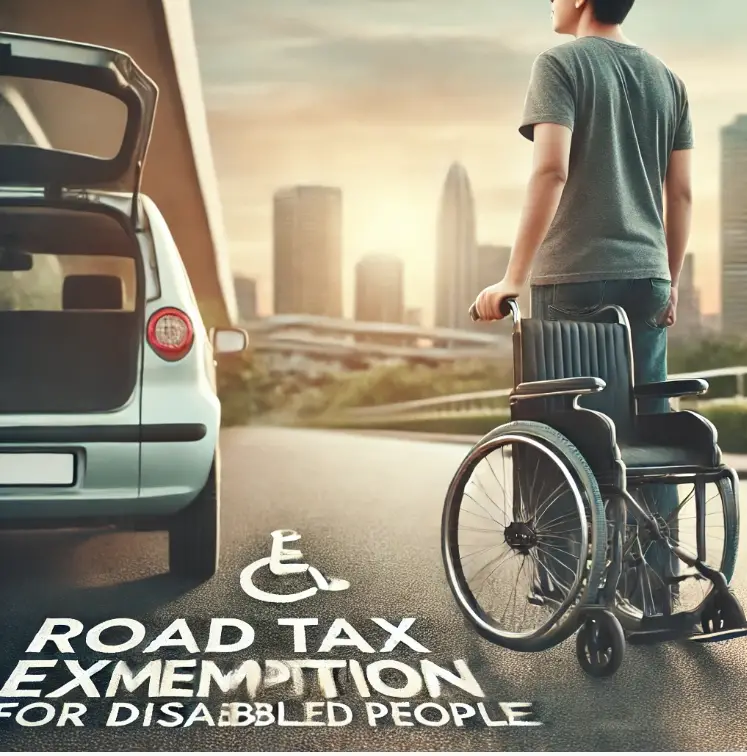Comprehensive Overview of Road Tax Exemption for the Disabled
Globally, disabled individuals may qualify for reductions or complete exemptions from road tax as a measure to mitigate the additional mobility and transportation challenges they face. This guide delves deeply into the qualifications, application procedures, and benefits associated with road tax exemptions.
Determining Eligibility for Road Tax Exemption
Key Qualification Criteria
To be eligible for a road tax exemption, individuals must typically provide medical proof of their disability and its impact on their mobility. Common qualifications that warrant such exemptions include:
- Utilization of a vehicle specifically modified for their mobility needs.
- Significant visual impairments, including legal blindness.
- Severe mobility restrictions requiring wheelchair use.
Essential Documentation
Applying for a road tax exemption necessitates gathering several important documents:
- A current disability certificate or similar identification that confirms the disability.
- Legal proof of vehicle ownership or the terms of a vehicle lease.
- Detailed information on any vehicle modifications, verified by inspection if needed.
Step-by-Step Application Process for Road Tax Exemption
Detailed Application Guide
- Medical Consultation: Secure a detailed medical evaluation to support your exemption claim.
- Form Submission: Accurately complete the necessary forms provided by your local tax office or accessible online.
- Vehicle Modification Verification: Provide evidence of necessary vehicle modifications, typically needing a formal inspection report.
Submission Venues
The completed application for a road tax exemption can be submitted through multiple channels:
- Directly at your local tax office or the vehicle registration department.
- Through the official governmental portal dedicated to tax services.
- Via mail if the jurisdiction accepts postal submissions.
Advantages of Road Tax Exemption
Economic Benefits
Being exempt from road tax offers substantial economic relief, freeing up resources that can be used for vehicle maintenance, fuel costs, or other essential transportation expenses.
Improved Accessibility
The financial relief from the exemption often enables individuals to invest in better vehicle adaptations, enhancing their mobility and autonomy.
Common Challenges and Operational Considerations
Requirement for Regular Reassessment
Jurisdictions may mandate regular reassessments to verify continued eligibility for the tax exemption, which can impose an administrative and medical verification burden on applicants.
Usage Restrictions
There are often stipulations attached to how the exempt vehicle may be used, including restrictions on who may operate it and the purposes for which it can be used.
Conclusion
Navigating the road tax exemption process for disabled persons involves understanding complex eligibility requirements, compiling detailed documentation, and following precise procedural steps. By thoroughly preparing and engaging with the process, individuals can effectively secure the financial and practical advantages of the exemption, fostering greater independence and mobility.







